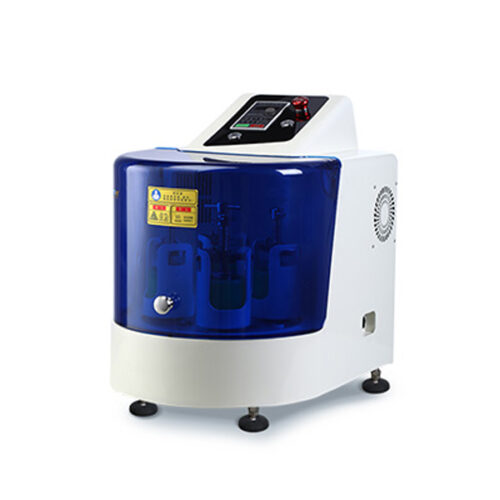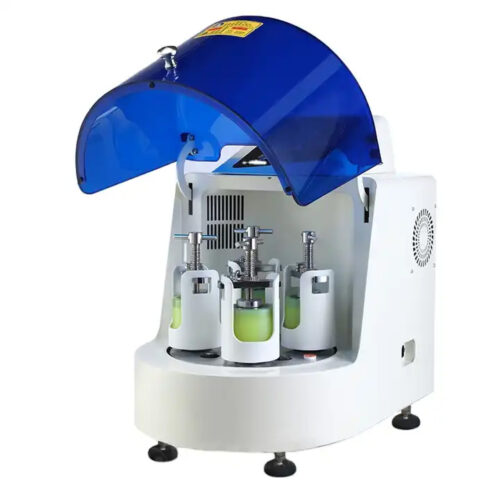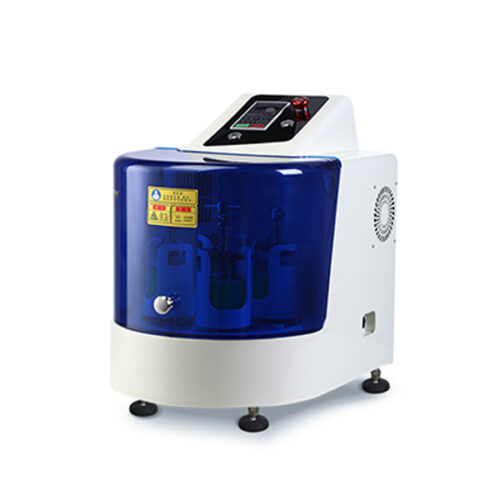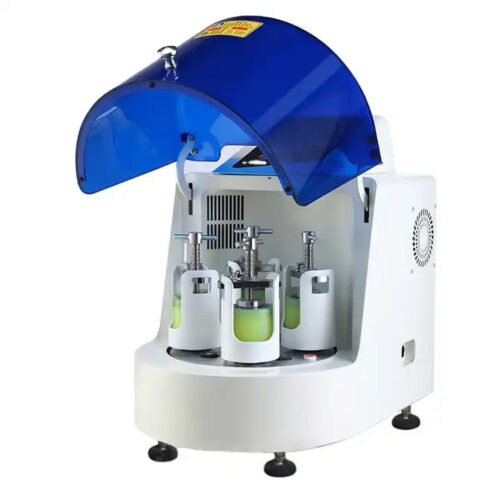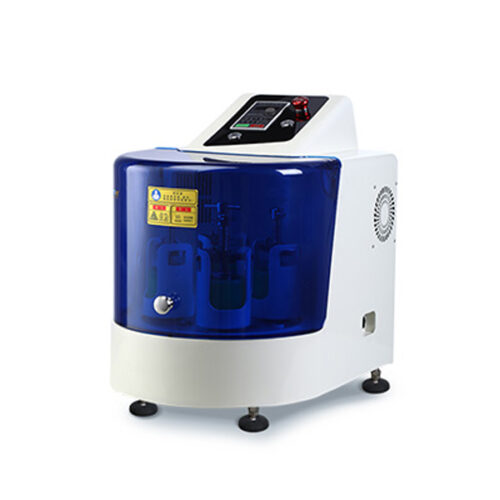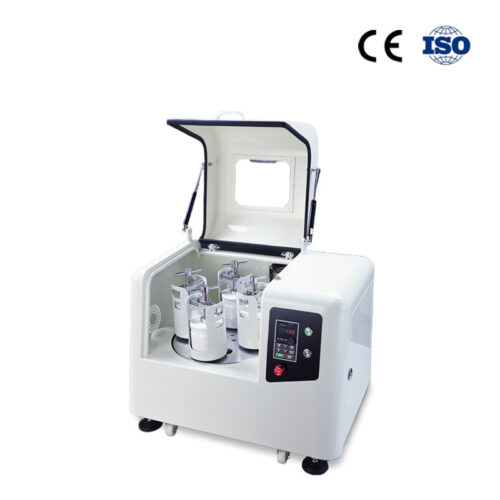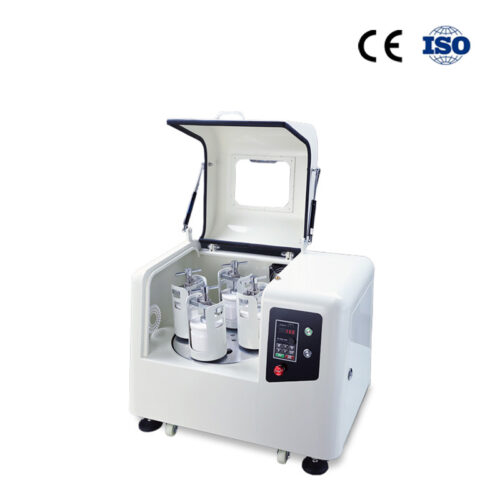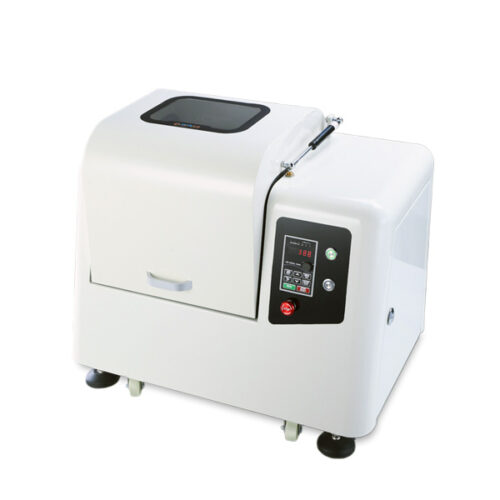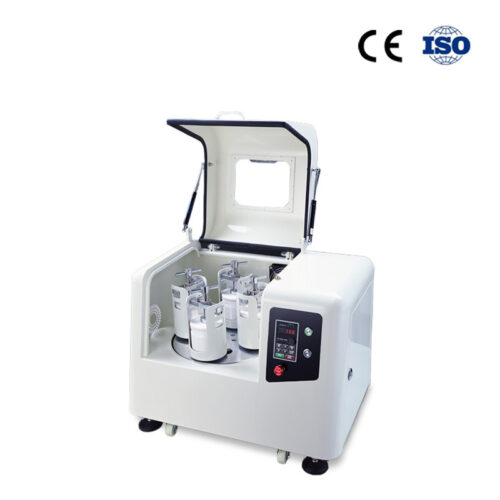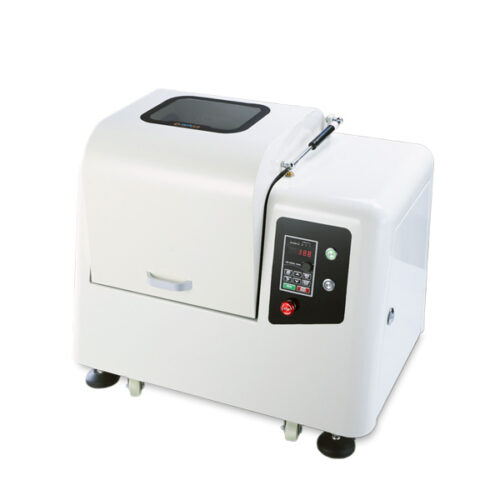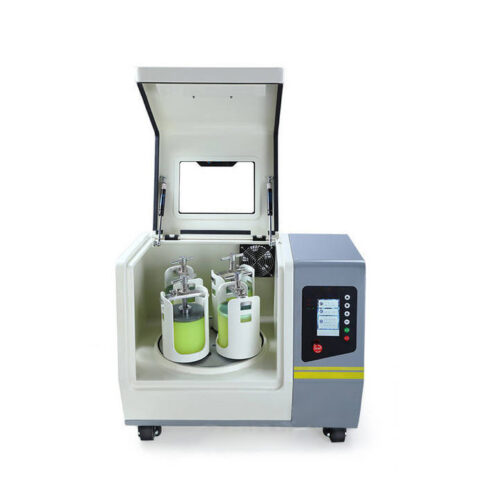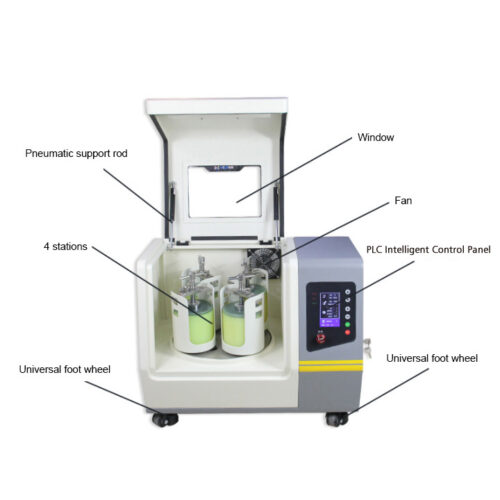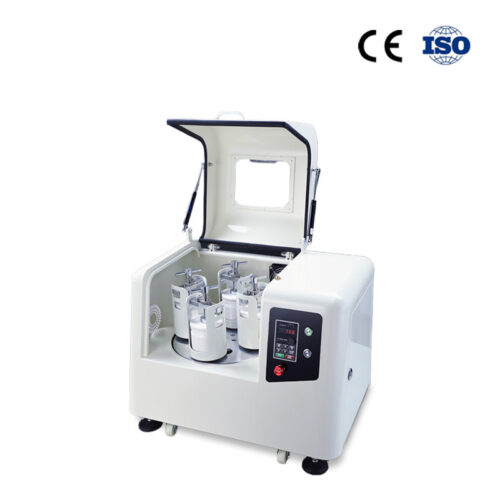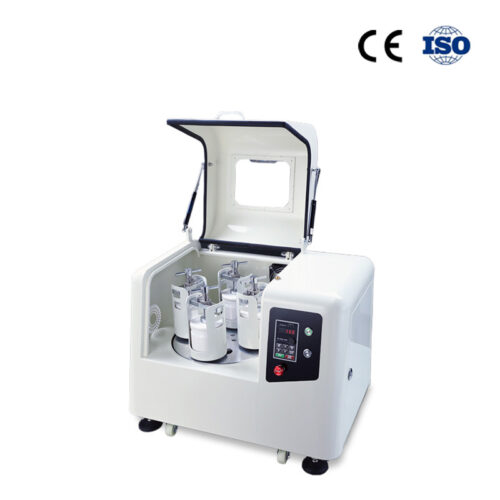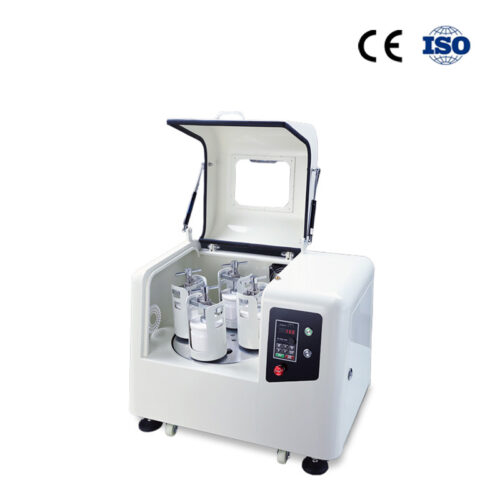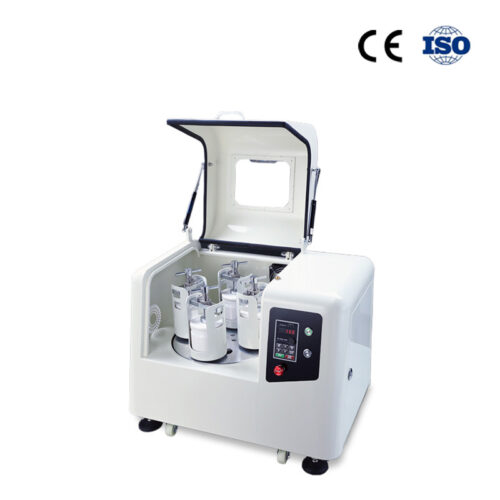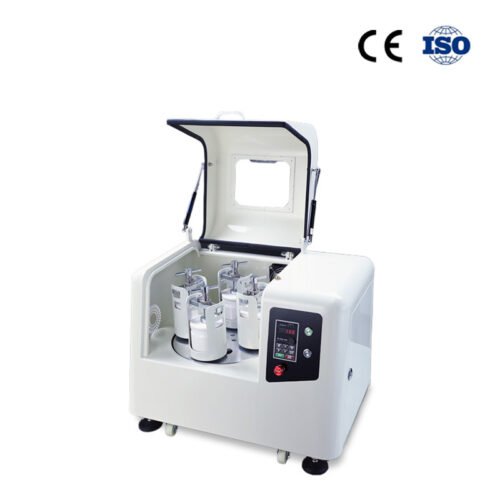Grinding
Lab grinding refers to the process of reducing the size or changing the structure of a material through mechanical means within a laboratory setting. This process is commonly used in scientific research, development, and quality control to prepare samples for various analyses or to modify material properties. Lab grinding can involve the use of different types of grinding equipment, such as mills, grinders, or other mechanical devices, depending on the nature of the material and the desired outcome.
The goals of lab grinding include:
Particle Size Reduction: Grinding is often employed to reduce the size of materials, creating smaller particles for analysis or further processing.
Homogenization: Lab grinding can be used to homogenize samples, ensuring that the material is uniformly mixed or blended. This is important when dealing with heterogeneous samples or when consistent composition is required.
Sample Preparation: In various scientific disciplines, such as chemistry, biology, or materials science, researchers may need to prepare samples for analysis. Grinding is a common method for sample preparation, allowing scientists to obtain finely ground and representative portions for testing.
Material Modification: Grinding can alter the physical or chemical properties of materials. For example, it may be used to change the surface area, morphology, or reactivity of particles.
Common types of lab grinding equipment include:
Ball Mills: These use balls made of various materials to crush or grind substances. The balls are placed in a rotating container, and the material is subjected to the impacts and friction caused by the balls’ movement.
Grinders: Grinders come in various forms, such as mortar and pestle, blade grinders, or burr grinders, depending on the material and the desired results. These devices crush or grind samples through mechanical force.
Lab grinding is a versatile technique that plays a crucial role in various scientific and industrial processes. The choice of grinding method and equipment depends on the specific requirements of the application and the properties of the materials being processed.

